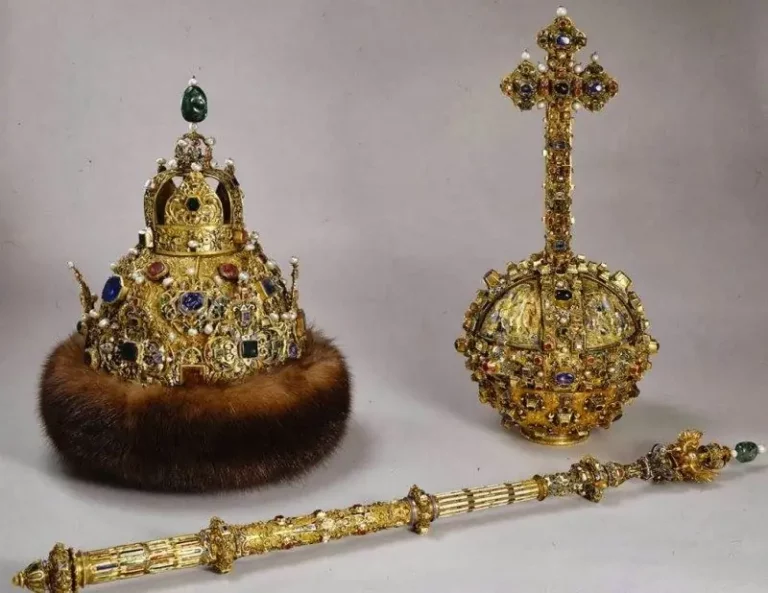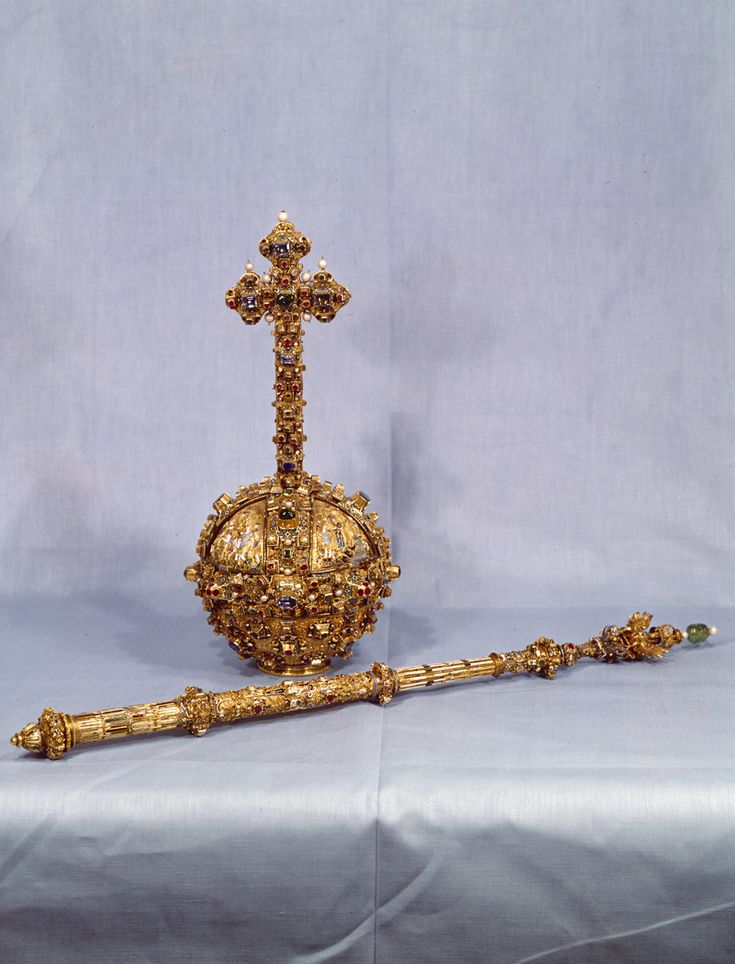Meaning and Significance
Linguistic Roots
Jahangir, a name steeped in Persianate history and imbued with profound meaning, originates from the words “jah” meaning “world” and “gir” signifying “conqueror.”
Thus, Jahangir literally translates to “World Conqueror,” reflecting an ambitious aspiration for dominion over all realms. This expansive connotation was deeply resonant with Mughal emperors who embraced this regal appellation. Jahangir himself, the fourth Mughal emperor (reigned 1605-1627), embodied this imperial grandeur.
The name’s significance extends beyond its literal meaning. Jahangir often symbolized a ruler marked by strength, vision, and the pursuit of universal power.
Linguistically, the Persian roots of “Jahangir” underscore the profound influence of Persian culture on Mughal India. Persian served as the language of courtly administration, literature, and artistic patronage under the Mughals.
The use of a Persianate name like Jahangir solidified the emperor’s position within this cultural sphere, aligning him with a legacy of powerful Persian rulers and reinforcing his claim to legitimacy in the eyes of both his subjects and regional allies.
Cultural Context and Royal Legacy
Jahangir, a name that echoes through history, holds deep meaning and significance within its cultural context. Derived from Persian, “Jahangir” translates to “World Conqueror” or “Conqueror of the World.” This majestic appellation reflects not only the ambitions but also the aspirations of those who bore this esteemed title.
The name’s origin is intertwined with Mughal imperial history. Emperor Jahangir (1569-1627), the fourth Mughal emperor, adopted this moniker as a symbol of his reign’s grandeur and vision. His rule witnessed significant advancements in art, literature, and architecture, further cementing the association between Jahangir and a golden age.
Within the cultural context of Mughal India, names held profound importance. They often reflected personal qualities, family lineage, or aspirations for power and glory. The name Jahangir, bestowed upon an emperor, symbolized not only his ambition but also the ideals of justice, prosperity, and cultural flourishing that were central to the Mughal worldview.
Beyond its historical context, the legacy of Jahangir continues to resonate today. The name carries a sense of power, sophistication, and cultural heritage. It evokes images of a time of artistic brilliance and imperial grandeur, reminding us of the enduring influence of Mughal history on South Asian culture.
In modern usage, Jahangir retains its grandeur and evocative power. While it may no longer exclusively denote an emperor, the name continues to be chosen by parents seeking to imbue their children with qualities of strength, leadership, and cultural pride.
Origins and History
Precursors to Jahangir
Jahangir, a name synonymous with Mughal grandeur, holds a rich tapestry of meaning woven through its origins and historical context. It signifies “world-conqueror” or “the world-securing one,” a title befitting an emperor who aimed to establish his dominion over vast territories.
The name’s genesis lies within the Persian language, a linguistic heritage shared by the Mughal dynasty. “Jah” translates to “world” and “Angir” signifies “to conquer or secure.” Thus, Jahangir embodies the imperial ambition and aspirations of power that defined the era.
Before Jahangir ascended to the Mughal throne, his father, Emperor Akbar, laid the foundation for a sprawling empire. Akbar’s reign witnessed territorial expansion and cultural assimilation, culminating in a period of relative peace and prosperity known as the “Akbari era.”
This period of stability paved the way for Jahangir’s ascension, which marked a continuation of his father’s legacy. However, Jahangir’s reign differed from Akbar’s in certain aspects. While Akbar prioritized administrative efficiency and religious tolerance, Jahangir displayed a greater inclination towards artistic patronage and personal indulgence.
The Mughal court flourished under Jahangir’s rule, becoming a center for exquisite art, literature, and architecture. He commissioned numerous paintings, many depicting his beloved wife Nur Jahan and showcasing the lush gardens and lavish lifestyles of the court.
Jahangir’s reign also witnessed significant advancements in Mughal military strength. He embarked on campaigns to secure his borders and quell rebellions, consolidating the empire’s vast holdings. Despite these successes, Jahangir’s later years were marked by challenges including financial strain and succession disputes.
The name Jahangir, therefore, carries within it not only a sense of imperial grandeur but also echoes of the historical context that shaped the Mughal dynasty. It embodies both the ambition and artistic flair that characterized the reign of one of India’s most renowned emperors.
Jahangir’s Reign and Impact
The name Jahangir, meaning “World-Conqueror,” has Persian origins, deeply rooted in the rich cultural tapestry of Central Asia.
Its etymology derives from two Persian words: “Jah” signifying “world” and “Ghir” meaning “conquering.”
This illustrious name first emerged during the Mughal Empire, a powerful dynasty that ruled over much of the Indian subcontinent from the 16th to 19th centuries.
Jahangir’s Reign: A Golden Age
Emperor Jahangir (Salim), the fourth Mughal ruler, reigned from 1605 to 162 His era is often referred to as a “Golden Age” in Mughal history, marked by prosperity, artistic brilliance, and religious tolerance.
- Military Campaigns: Jahangir consolidated Mughal power through strategic military campaigns, expanding the empire’s borders into present-day Afghanistan and Central Asia.
- Patronage of Arts and Literature: A fervent art enthusiast, Jahangir commissioned numerous masterpieces, fostering a flourishing artistic scene.
- Literary Endeavors: The Emperor himself penned verses and was deeply involved in literary pursuits. His autobiography, the “Tuzuk-i-Jahangiri,” provides valuable insights into his reign.
- Religious Tolerance: Jahangir displayed remarkable tolerance towards different faiths, fostering an environment of peace and harmony.
Impact and Legacy
Jahangir’s impact on Mughal India was profound and multifaceted:
- Architectural Marvels: He initiated the construction of several iconic structures, including the Shalimar Gardens in Lahore (now in Pakistan) and Humayun’s Tomb in Delhi.
- Cultural Syncretism: Jahangir’s reign witnessed a remarkable blend of Persian, Indian, and Central Asian artistic traditions.
- Economic Growth: The empire flourished economically under his rule. Trade routes were expanded, and agricultural production increased.
Although the Mughal Empire faced challenges after Jahangir’s death, his legacy as a visionary ruler who championed art, culture, and religious harmony endures in history.
Evolution and Usage Over Time
Legacy in Art and Literature
Jahangir (Persian: , meaning “Conqueror of the World”) was a title given to several rulers in Persianate history.
The name became prominent with Jahangir, who reigned as the fourth Mughal emperor from 1605 to 162 His given name was Nur-ud-din Muhammad Salim. “Jahangir” was bestowed upon him upon his ascension to the throne, highlighting his ambitions and aspirations for a vast empire.
The name carries deep historical weight in Mughal history, symbolizing imperial grandeur and dominion. Jahangir’s reign marked a period of peace and prosperity, marked by patronage of art, literature, and science.
Jahangir’s legacy is inextricably linked to the art and literature of his time.
Art
Jahangir was an ardent art patron, fostering a flourishing artistic scene at his court in Lahore. He commissioned miniature paintings that captured the beauty of the Mughal world, often featuring landscapes, portraits, and scenes from daily life.
Literature
The emperor himself was a skilled poet, writing under the pen name “Nadir-i-‘Alam” (meaning “Jewel of the World”). He also encouraged poets and scholars at his court, leading to a golden age of literary production.
The name “Jahangir” continues to resonate in South Asian culture and beyond, evoking images of artistic brilliance, imperial power, and cultural flourishing. It serves as a reminder of the rich legacy of the Mughal Empire and its enduring impact on history, art, and literature.
Modern Interpretations and Contemporary Use
Jahangir (Persian: , romanized: jahān-gīr) meaning “conqueror of the world,” was the fourth Mughal emperor of India. He reigned from 1605 to 1627 and is known for his patronage of art and culture, as well as his military campaigns.
The name Jahangir has Persian origins and is composed of two words: “jahān” meaning “world” and “gīr” meaning “conqueror.”
The title reflects the ambitious nature of many Mughal emperors, who sought to expand their rule and dominion over vast territories.
- Best LeadsGorilla Alternatives for 2025 - April 26, 2025
- Best Overloop Alternatives for 2025 - April 25, 2025
- Best Lead411 Alternatives for 2025 - April 25, 2025


